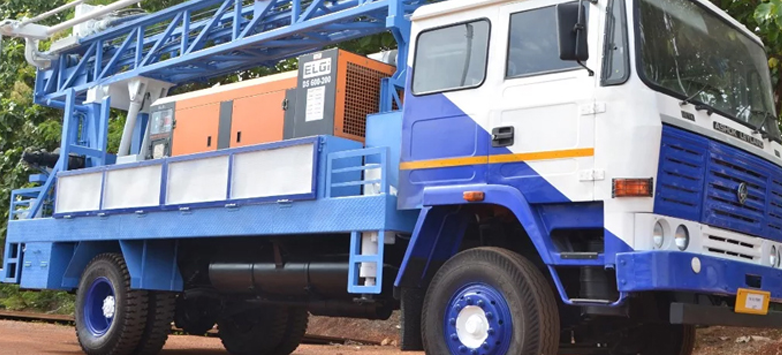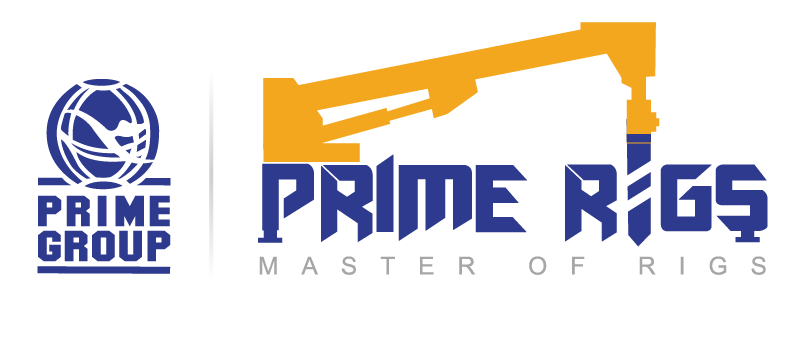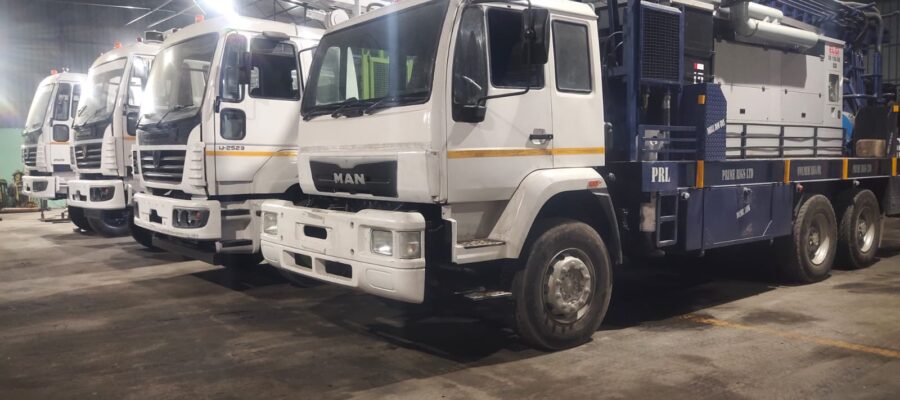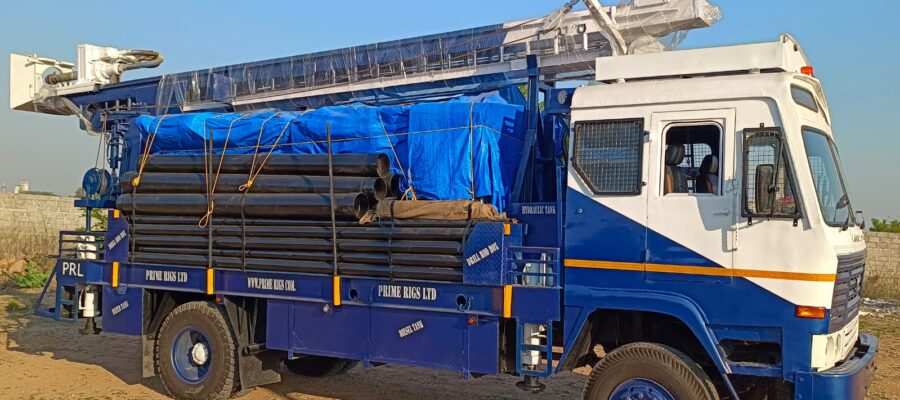
A water well drilling rig is designed to drill a borehole into the ground to access groundwater. Water well drilling rigs come in various sizes and types, ranging from small portable rigs used for household wells to large, powerful rigs used for commercial and industrial applications. Drilling a water well involves several steps, including site preparation, drilling the borehole, installing the casing, and completing the well with a pump and other equipment. The drilling rig is the central piece of equipment used in this process.
Water well drilling rig uses various drilling methods, including cable tool drilling, rotary drilling, and percussion drilling. Cable tool drilling involves repeatedly lifting and dropping a heavy drill bit to break through the ground, while rotary drilling uses a rotating drill bit to cut through the soil and rock. Percussion drilling involves using a pneumatic or hydraulic hammer to break through hard formations. Drilling water wells in Africa can be a challenging process, but it is essential for providing access to clean and safe drinking water. Thus, below are some things to consider when drilling water wells in Africa.
- Local geology: The type of rock and soil in the area can affect the drilling process and the cost of drilling. In some areas, hard rock formations may require specialized equipment and techniques.
- Water quality: The quality of the water in the area should be tested before drilling a well to ensure that it is safe to drink. Water quality can vary depending on the geology and surrounding land use.
- Access to equipment and resources: The availability of drilling equipment, materials, and skilled labour can vary widely in different parts of Africa. It is important to work with experienced professionals with access to the necessary resources.
- Permits and regulations: Drilling a well in Africa may require permits and adherence to local regulations. It is important to work with local authorities to ensure that all necessary permits and approvals are obtained.
- Maintenance and sustainability: Once a well is drilled, it is important to establish a maintenance plan to ensure that the well continues to function properly. It is also important to ensure that the well is sustainable and does not negatively impact the local environment or other water sources.
- Community engagement: Engaging with the local community is crucial to ensure that the well is meeting their needs and is being used and maintained properly. It is important to involve community members in the planning, implementation, and maintenance of the well.
Access to clean and safe drinking water is a vital aspect of global health and development, and drilling water wells in Africa with water well drilling machine is one way to help address this critical issue. It is important to continue to prioritize and invest in solutions that provide access to clean and safe drinking water for all. By working with experienced professionals, engaging with local communities, and adhering to local regulations and best practices, it is possible to drill water wells that provide reliable access to clean and safe drinking water, improve health and well-being, and support economic development.
Recent Post
- Frequent Used: Heavy Construction Equipment and Instruments
- What Type of Water Drilling Should You Choose?
- How To Choose The Perfect Drilling Rig To Buy?
- Tips For Selecting the Right Drilling Rig According to Your Need
- Water Well Drilling: Numerous Advantages
- How To Find Affordable And Reliable Water Well Drilling Rigs For Sale?
- Everything You Need to Know About Water Construction Rigs
- Water Drilling Rigs: Know The Different Types
- Refurbished Borehole Drilling Machine: Is It Worth The Purchase?
- Safety for the Construction Industry: Why Does it Matter?
- Milling Or Drilling: Which Is The Right Process To Choose?
- Choosing A Construction Truck Rigs Supplier Keeping Perfection In Mind
- Factors That Can Help You Select The Best Water Well Drilling Rig
- What Makes Drilling Rigs Different From Milling Rigs?
- Water Well Drilling Rig: All You Need to Know About It
- Do’s and Don’ts of Choosing the Right Rigs
- Underground Drilling Rigs: Features That Make Them Unique And Most Recommended
- What are construction drilling rigs? Why do companies need them?
- How do drilling companies help you with core drilling exploration?
- Key Features and Benefits of Drilling Machines in the Construction Industry
- Exploring the Advantages of Portable Borewell Drilling Technology
- How to Choose the Right Drilling Rig for Your Needs
- Reasons to Invest in Absolute Guide for Rotary Drilling
- Selecting the Ideal Drilling Rig: Ensuring Safety, Efficiency and Cost-Effectiveness





